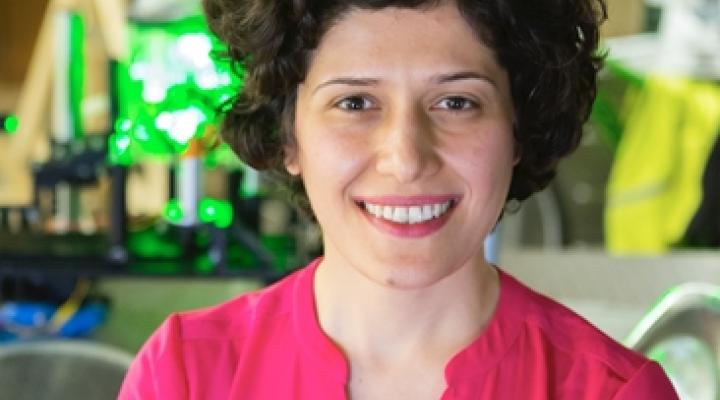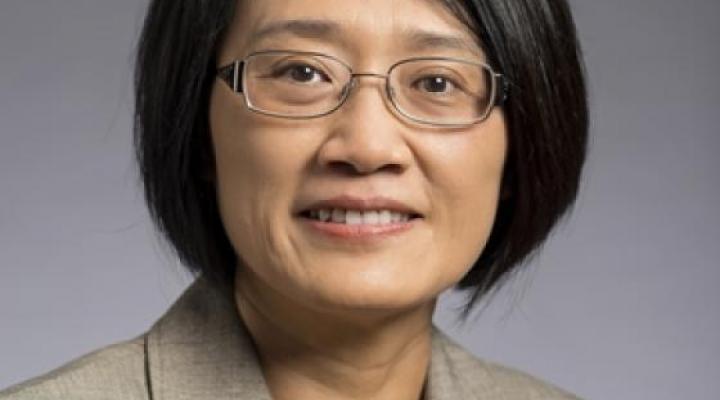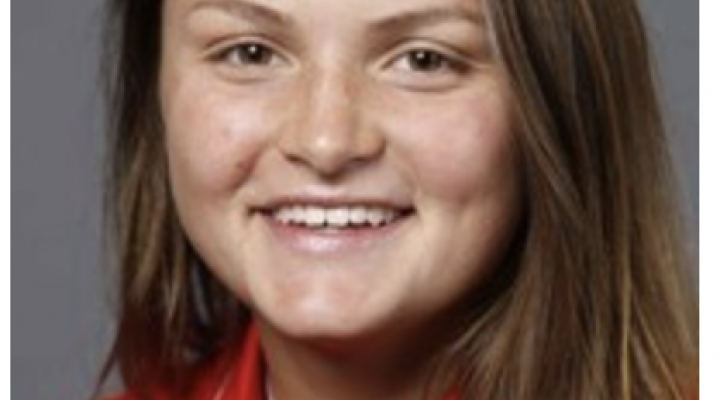Jeffrey Varner, professor in the Robert Frederick Smith School of Chemical and Biomolecular Engineering at Cornell (CBE), would not describe himself as artistic. “My mom has become a painter as she has gotten older,” says Varner. “She has sold many of her works. They are good, I guess, but they are beyond me. They are abstract and I just don’t get them.”
What Varner does “get” is how to use computer code to model biological processes. “You could say that my particular artistic bent comes out in mathematics and computer code,” says Varner. “I have written some of my programs as many as ten times to make them elegant. Clear, simple code can be beautiful and powerful.” The code Varner writes models the flow of signals and materials in biological signal transduction and metabolic networks. When a molecule from outside a cell activates a receptor on the cell surface, a chain of biochemical events is triggered, leading to a cellular response.
Even though cells are the basic unit of life, their biochemistry is anything but basic. Modeling the chain of reactions that takes place as a signal makes its way from the surface to the nucleus of a cell is a complex undertaking. Once the signal reaches the nucleus, the cell may change its metabolism, change its shape, alter the expression of certain genes, or change in its rate of division. Understanding the flow of these signals through cells could help researchers learn how to reprogram the signal’s flow in signal transduction networks. In effect, we could start to tell the cell what to do.
Varner earned his BS, his Master’s, and his Ph.D. from Purdue University. He was then a post-doctoral researcher at the Swiss Federal Institute of Technology (ETH-Zurich), where he studied signal transduction mechanisms involved in cell-death (apoptosis) under Professor Jay Bailey. Varner then went to work at Genencor-DuPont., in Palo Alto, CA. During his years at Genencor, Varner worked on various projects focused on using protein therapeutics in the treatment of colorectal cancer and Chronic Lymphocytic Leukemia and the production of proteins.
In 2005 Varner left Genencor to become a professor of chemical and biomolecular engineering at Cornell. During this first stint at Cornell, Varner continued his research into the development of physiochemical modeling tools to rationally reprogram human signal transduction architectures. He earned an NSF CAREER Award in 2009 and he was honored with the Mr. and Mrs. Richard Tucker College of Engineering Teaching Excellence Award in 2010. He is also very engaged with integrating undergraduates into research; he mentored several Merrill Scholars, Rawlings Cornell Presidential Research Scholars, and McNair Diversity Programs Undergraduate Researchers over the last 10 years.
Varner spent a year at Purdue University and rejoined the Smith School of Chemical and Biomolecular Engineering at Cornell in 2016. His lab continues with its focus on metabolic and signal transduction processes important in biotechnology and human health. The many ongoing projects in the Varner Lab are joined together by the use of mathematical modeling in combination with experimental investigation to understand and then to eventually manipulate biological function.
Of particular interest to Varner has been the biochemistry of human blood. He is working to build a better understanding of the processes that occur following injury; for example blood coagulation, or infection. His eventual goal is to be able to use what he learns to create effective treatments to control hemorrhage in the field. “Few people know that trauma is the leading cause of death for persons 36 years old and younger and that hemorrhage accounts for 40% of all trauma deaths,” says Varner. “I want to understand how the body responds to trauma and how we can manage this response to save lives.” Other specific areas of study for Varner are to learn more about why cancer cells make decisions. For example, why do they choose a less efficient route than other cells to make energy. Varner is also interested in how stem cells produced in the bone marrow sense the world around them and make lineage decisions.
“I love the biology behind all these processes,” says Varner. “But what I really bring to the table is the ability to explain the biology through mathematical modeling.”





